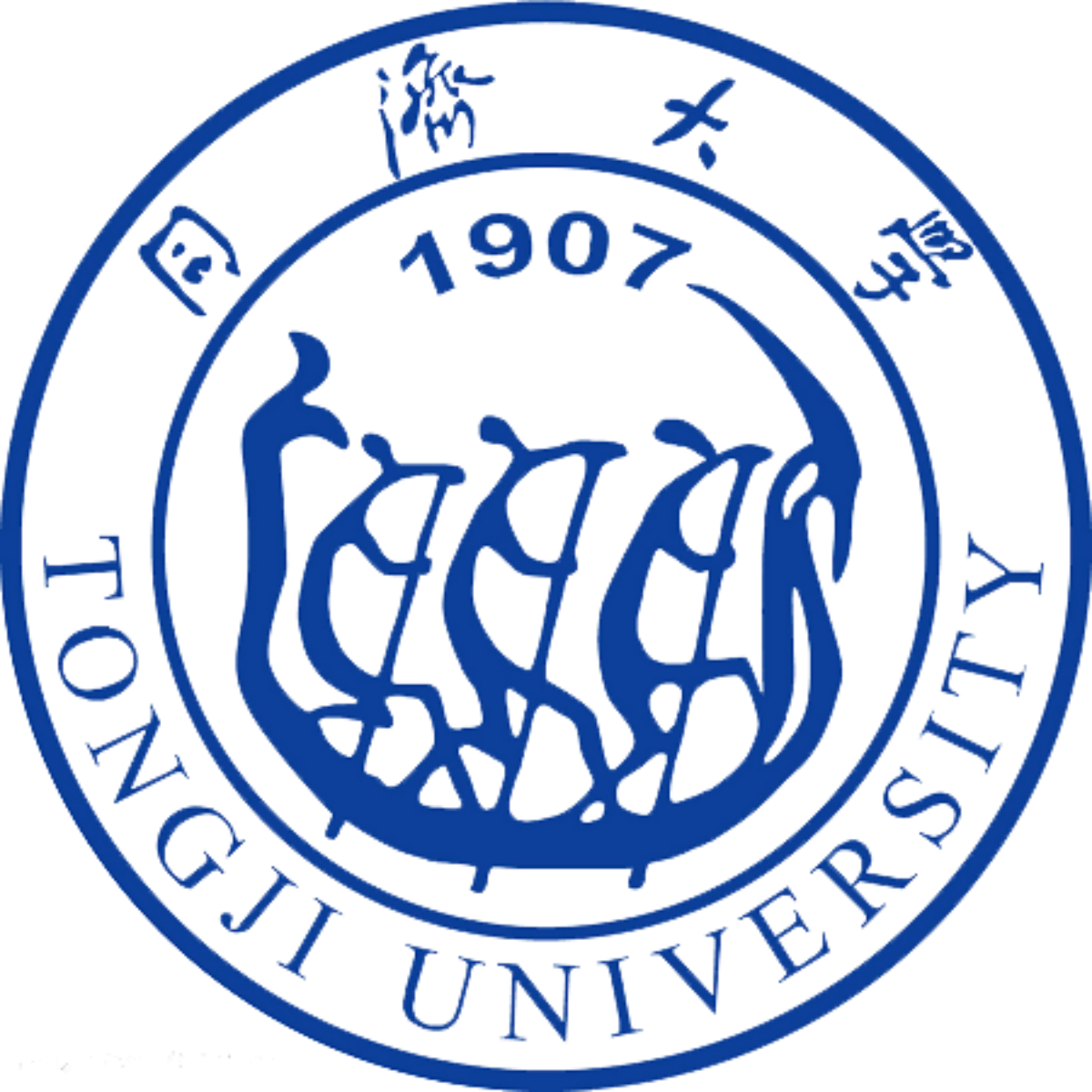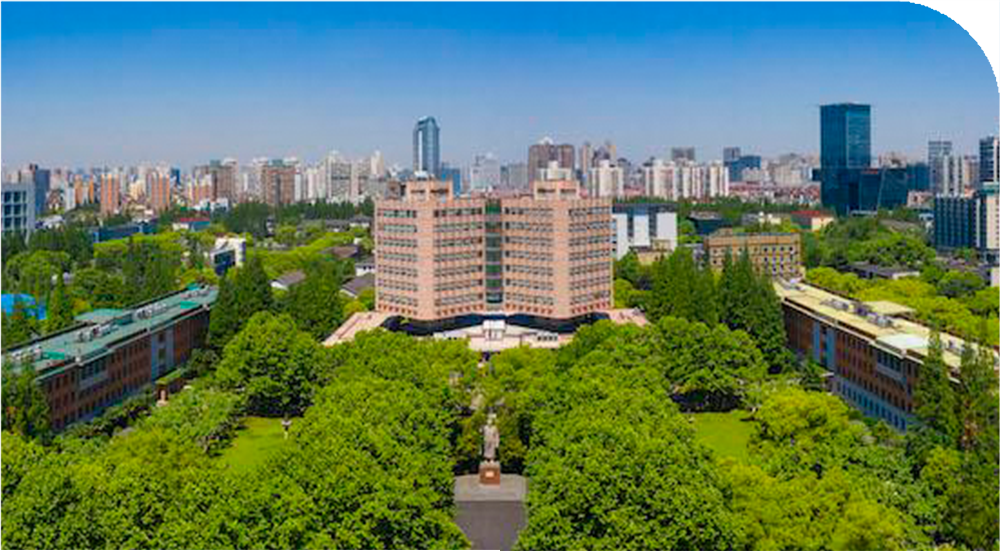
Tongji university
1238 Gonghexin Rd, 中山北路 Zha Bei Qu, Shanghai, Chine, 200070
01
School gallery
02
School details
More than 37492 students
Based in CHINA - Beijing
4 departements
More than 9400 teachers
03
School description
Tongji University’s history dates back to 1907, when Erich Paulun, a German doctor, founded the German Medical School in Shanghai with funding from the German government. It was re-named the Tongji German Medical School in 1908 and became a university in 1923, the word Tongji meaning "co-operation while in the same boat". It is one of the first national universities in China, receiving its funding direct from the Chinese government. In the early 1950s, the university began to specialise in engineering. The university moved out of Shanghai during the second Sino-Japanese war, which was fought from 1937 to 1945. During the war, it was relocated at different times to Zhejiang Province, Jiangxi Province and Sichuan Province. It returned to Shanghai in 1946. Nowadays, Tongji University is a comprehensive, research-oriented institution, covering 10 broad academic disciplines (including engineering, medicine, philosophy and law), and employs some 855 professors and nearly 1,000 associate professors. In the last 30 years, Tongji has merged with three other higher education institutions: the Shanghai Institute of Building Materials and the Shanghai Institute of Urban Construction in 1996, and the Shanghai Railway University in 2000. There are 75 majors on offer to undergraduates, along with 15 professional master’s courses and three professional PhD programmes. In addition to nearly 19,000 full-time undergraduates, there are nearly 14,000 graduate students and more than 4,000 PhD candidates There are more than 2,000 international students enrolled at Tongji. Tongji University made a successful application to the 211 Program, a government programme offering additional funding to prestigious institutions.







